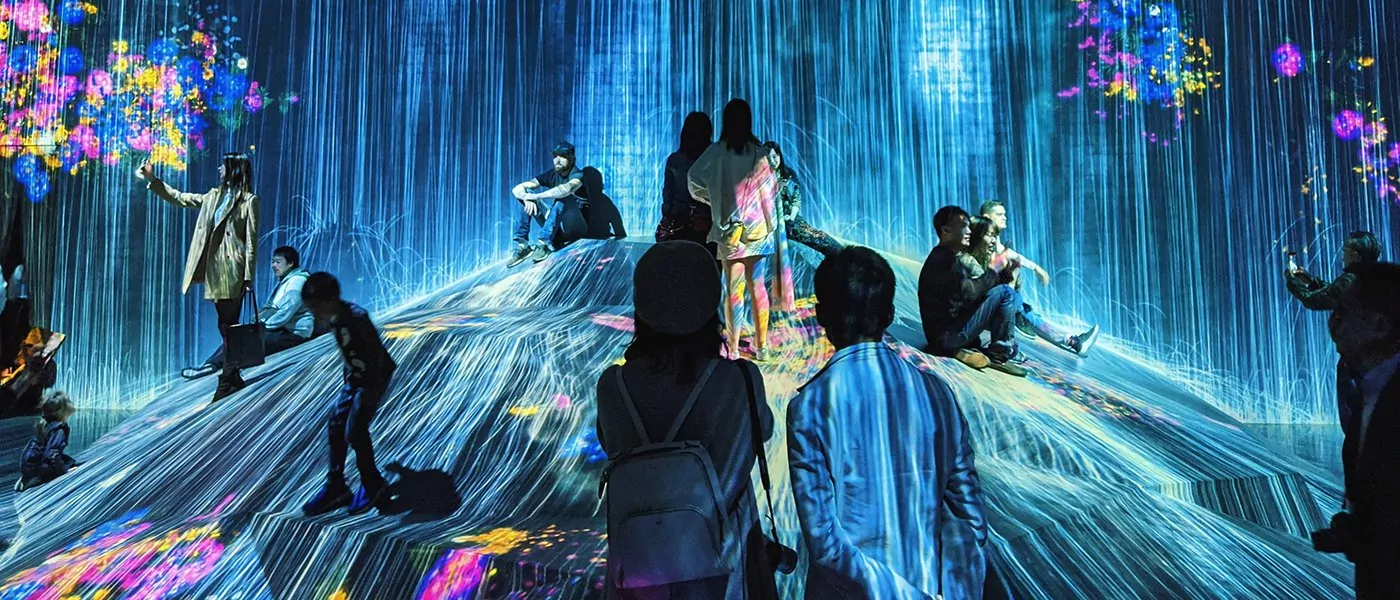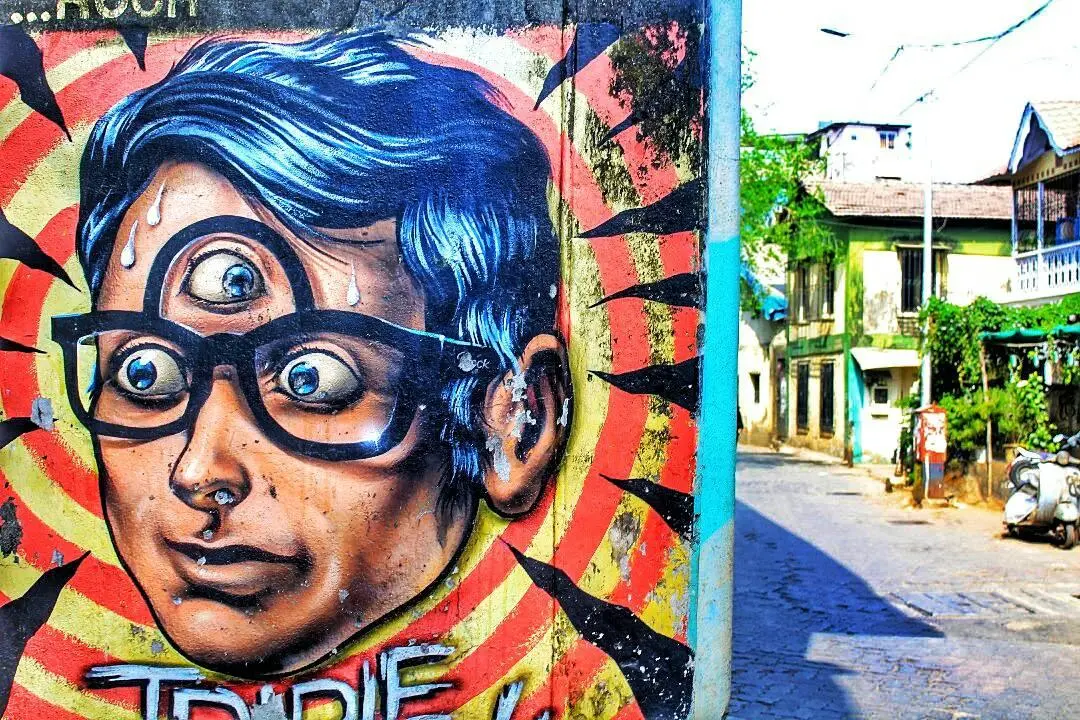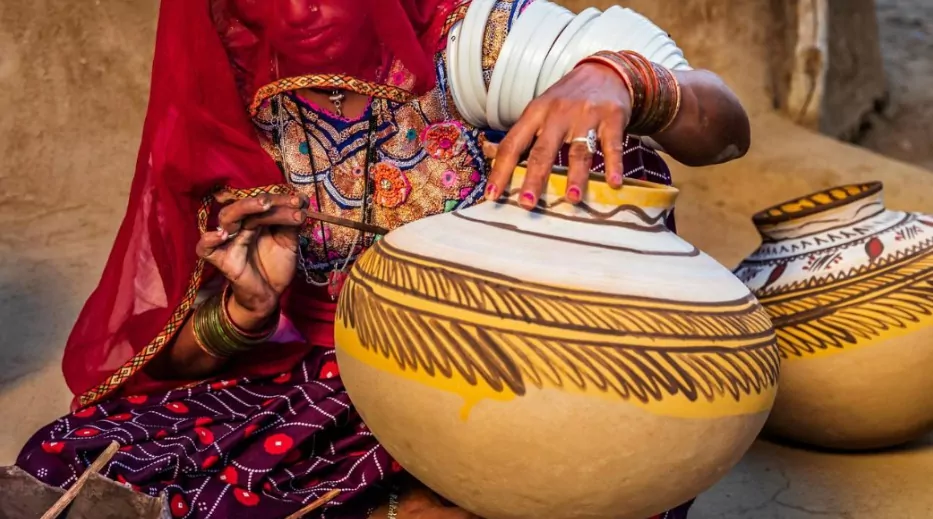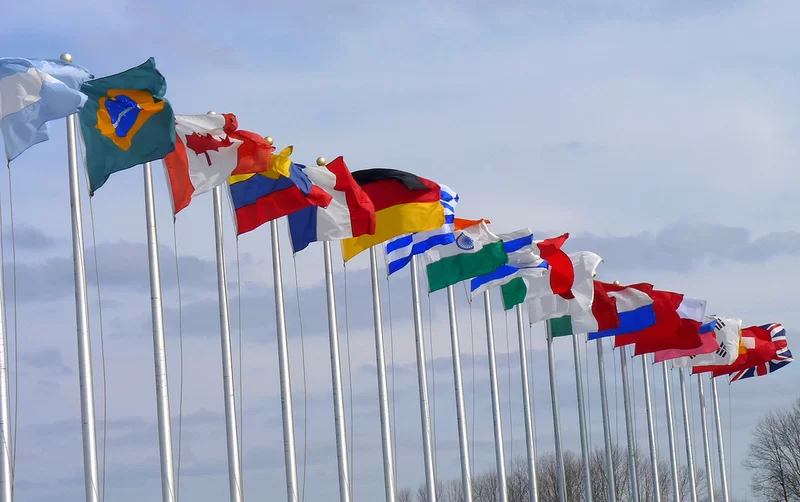Digital Transformation of Traditional Art
Complexity of Change
Heraclitus, a Greek Philosopher, around 2500 years ago once said, “There is nothing permanent except change.” Thus, believing that change is evitable is merely delusional. Starting from the Stone Age to Artificial Intelligence, Once again, we have undergone several changes, proving our capabilities for adaptability and flexibility.
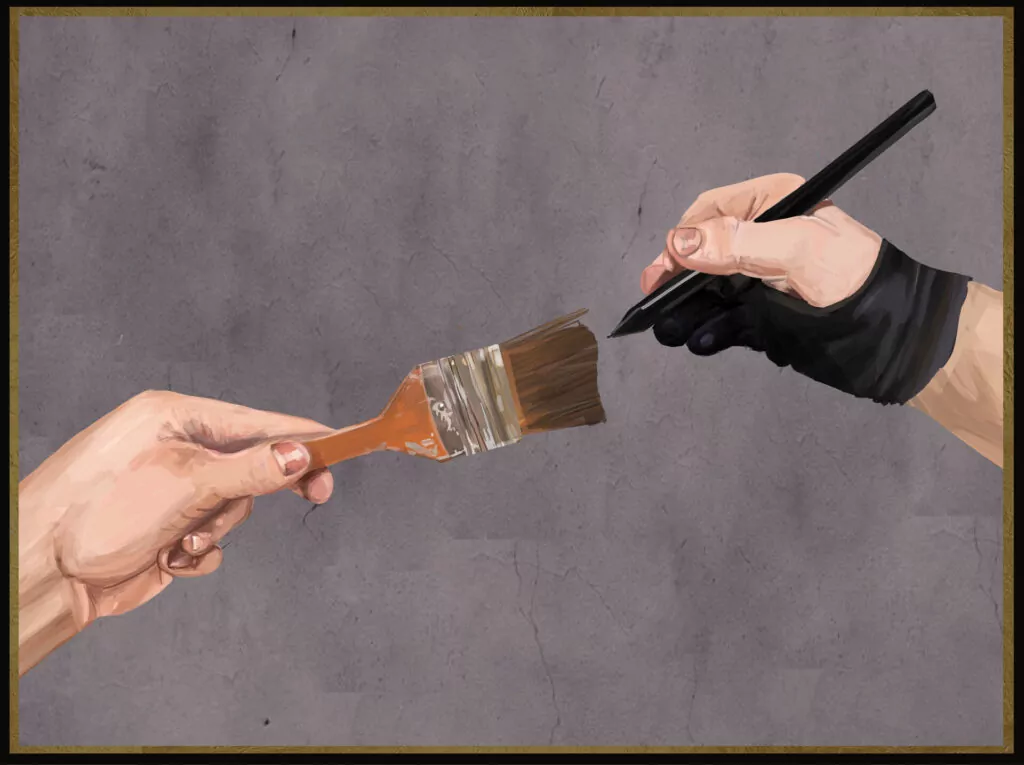
So does that mean that traditional art abiding by the digital transformations, factoring the cultural legacy and authenticity isn’t the real deal? The concept of change is pretty straightforward, it is something that can’t be controlled. Digital transformations are one of the biggest challenges faced by traditional Indian art. The onset of digital technologies has brought a significant transformation in the way traditional art is created, shared and consumed.
The Art of Touch
Art relies on individual perception. It implies a personal, indecomposable creative power. Holding the stigma of the endless possibilities of the “What-ifs”. Traditionally art holds importance in its authenticity due to its feel. The ridges, grooves and uneven texture it creates are an experience in themselves. The physicality of an art piece evokes emotions and sensations that don’t just lie in the visual aspects but also in the tactile sensation it creates. This experience can’t be subsided due to the rise in digital transformations.
UNCTAD’s take on Digital Transformations in the creative sector
UNCTAD’s creative economy is an extensive platform that makes use of a trade lens to generate prudent analysis on the trade of creative goods and services, ideas and intellectual property. By influencing this approach, the program provides an integral understanding of future and former trends in the creative industry aiding data-driven decision-making.
The UNCTAD report emphasises how digital transformations crucially impact the creative sectors. The shift impacts the market, artists and their work in the artistic sectors.
However, it is vital to recognize that every opportunity brings challenges. Digital competencies, internet availability, and Intellectual Property Rights (IPR) are issues that need to be addressed to ensure a complete benefit to the artists from the digital ecosystem. Nonetheless, addressing these challenges is pivotal for understanding the potential of digital transformation in the sectors of Indian traditional arts.
Digital Transformation Through Rooftops’ POV
Traditional art forms such as Gond, Pichwai and Phad are at risk of extinction due to the lack of awareness and funding. In addition, the rise of digital technologies has led to a shift in art lovers’ focus towards easily accessible art, making traditional authentic art less accessible and valued. To overcome this struggle, join the experience awaiting you at the Rooftop app. Say goodbye to limitations and unauthentic traditional Indian art, and say hello to Rooftop’s approach to making traditional Indian art accessible anytime, anywhere.
Rooftop Overcoming Digital Transformations
Rooftop, an e-commerce learning platform, offers a lot of courses and workshops on their platform. Teaching you art forms you probably never heard of. Rooftop is a platform transforming the stereotypes surrounding traditional Indian art and fostering among the youth of the country. They are committed to creating a network of artists and art enthusiasts who embrace its values. They intend to transform the perception of traditional Indian art. To make traditional art forms no longer mysterious art forms but rather a skill via Maestro courses, online and online workshops, we have it all!
Whether you’re an experienced artist or a beginner, these maestro courses and workshops lay out the tools and resources you need to prospect your skills and take them to the next level.
Gen Z on Digital Transformation
Adapting to change is Gen Z’s forte and so is technology. While it is possible to browse and go through Indian art through a simple Google search, learning about it in depth, knowing about its origin and significance from the expert artist, and getting hands-on experience can’t all be achieved through a mere Google search. With school, universities and other extracurricular activities, it is harder to make time for traditional art classes. Thus, having a platform in the palm of your hands with a diverse range of maestro courses and workshops makes life a bit easier. So why not take advantage of this amazing platform and start exploring your creative potential today? Check out the Rooftop App for more information.
Going Back to our Roots Digital Style
Technology is nowhere to be seen in the declining stage anytime soon and will always be a part of our daily to-dos. Whether we admit it or not (considering we’re always in denial), as humans we are dependent beings. Archiving historical knowledge, documenting artistic practices, and the digitising methods here technology plays a vital role in conserving traditional crafts. Via technology transacting traditional artisans’ products becomes easier in providing a broad reach and visibility. Digital transformations in the creative sector also help in contributing to sustainability, promoting eco-friendly practices.
To learn more about Indian art history and art forms, download the Rooftop app from Google Play or App Store. Follow us on @rooptop_app for our upcoming art events, workshops, blogs and much more.
By Soumya Kotian

